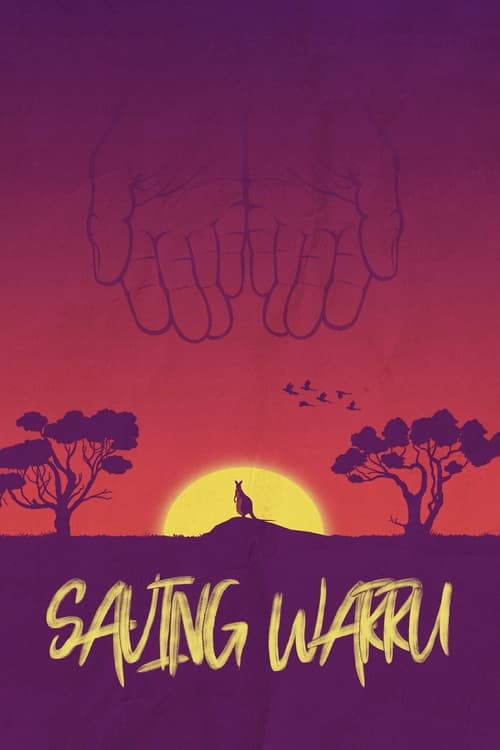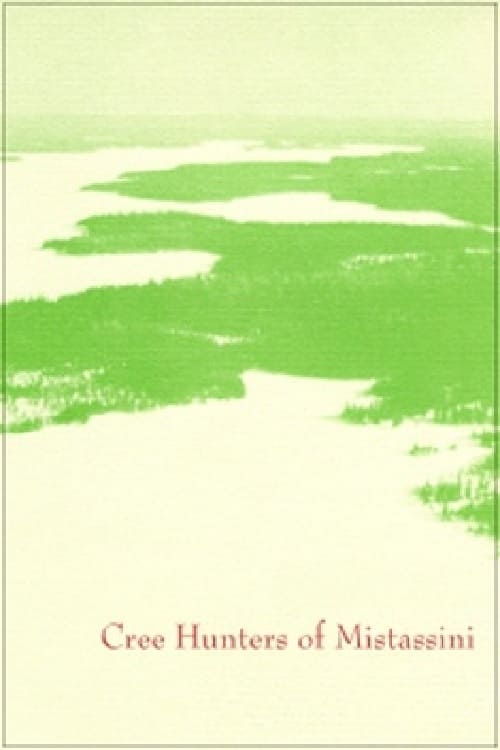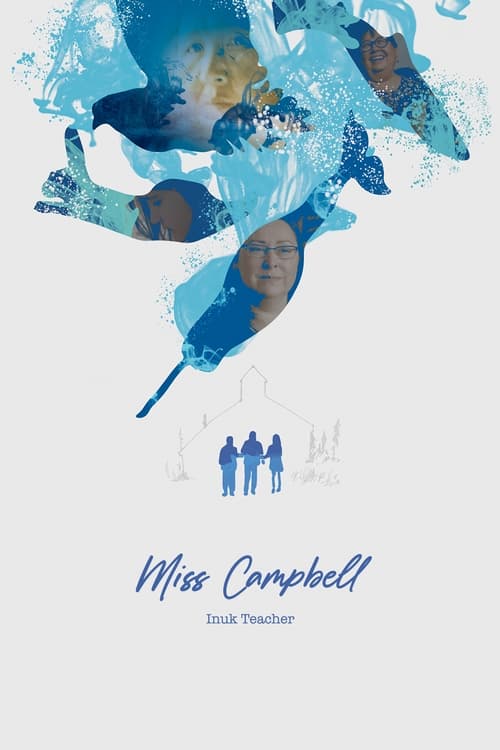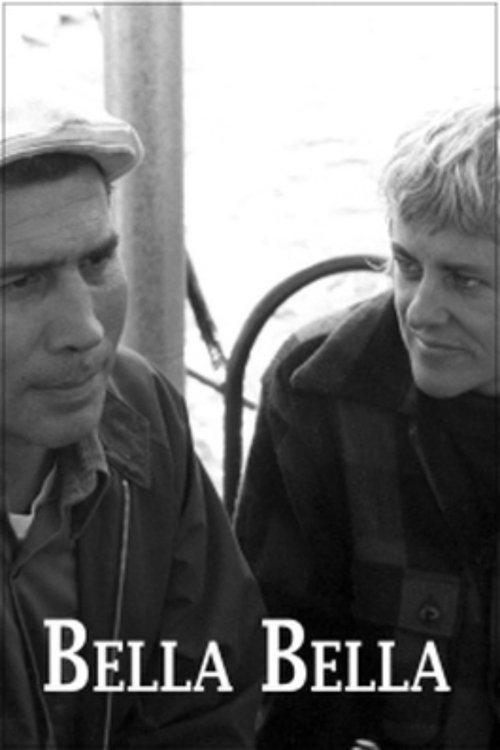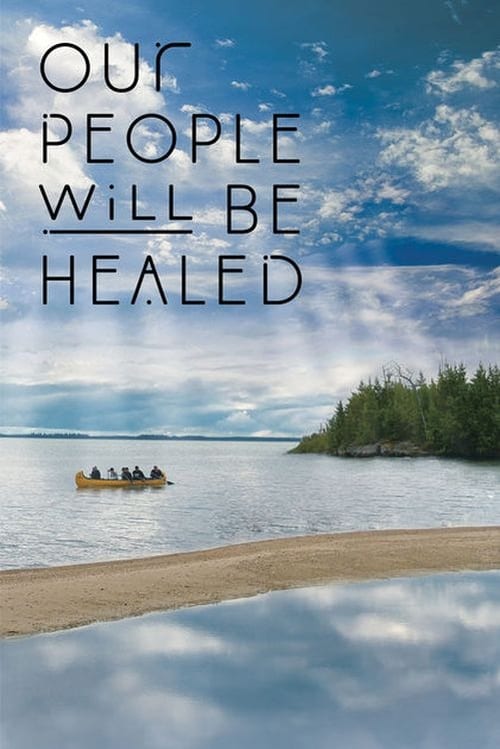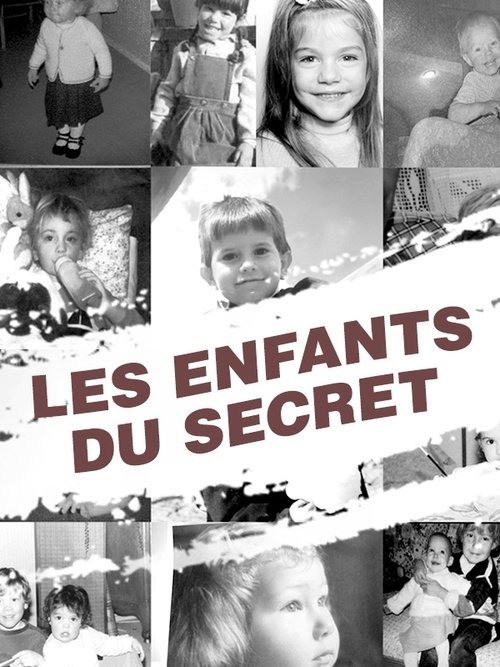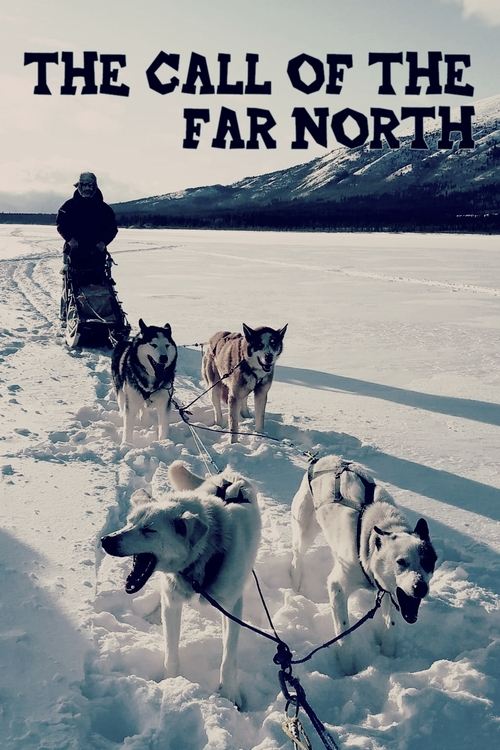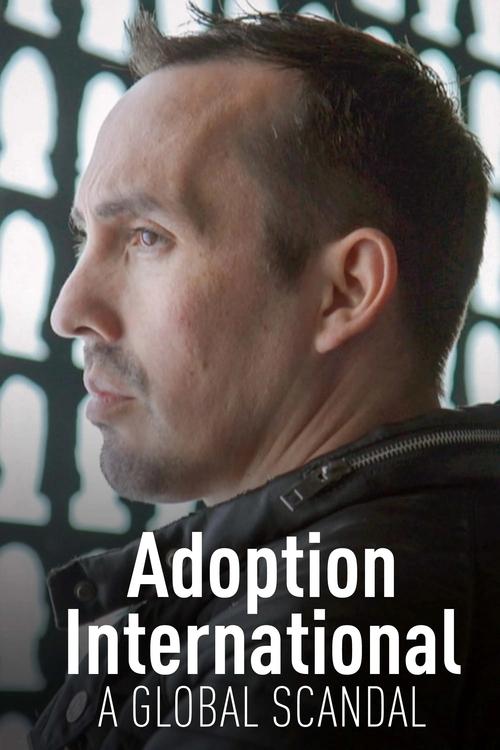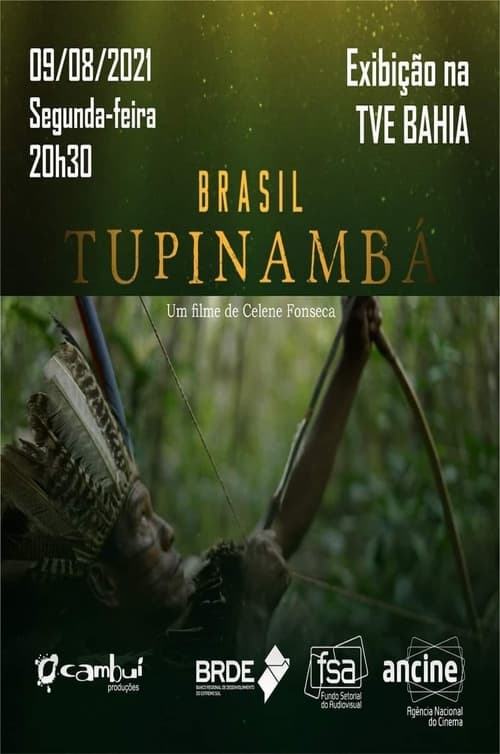One of Many
A woman with indiginous roots in her 40s goes on a trip into her past: When she was four years old she had been taken away from her mother by the canadian authorities, like many others. This is her very sad story as an example for many others.
Cast

Jo Béranger
as Self

Cordell Weasel Mocassin
as Self

Sally Tisiga
as Self

Jacques Chirac
as Self
